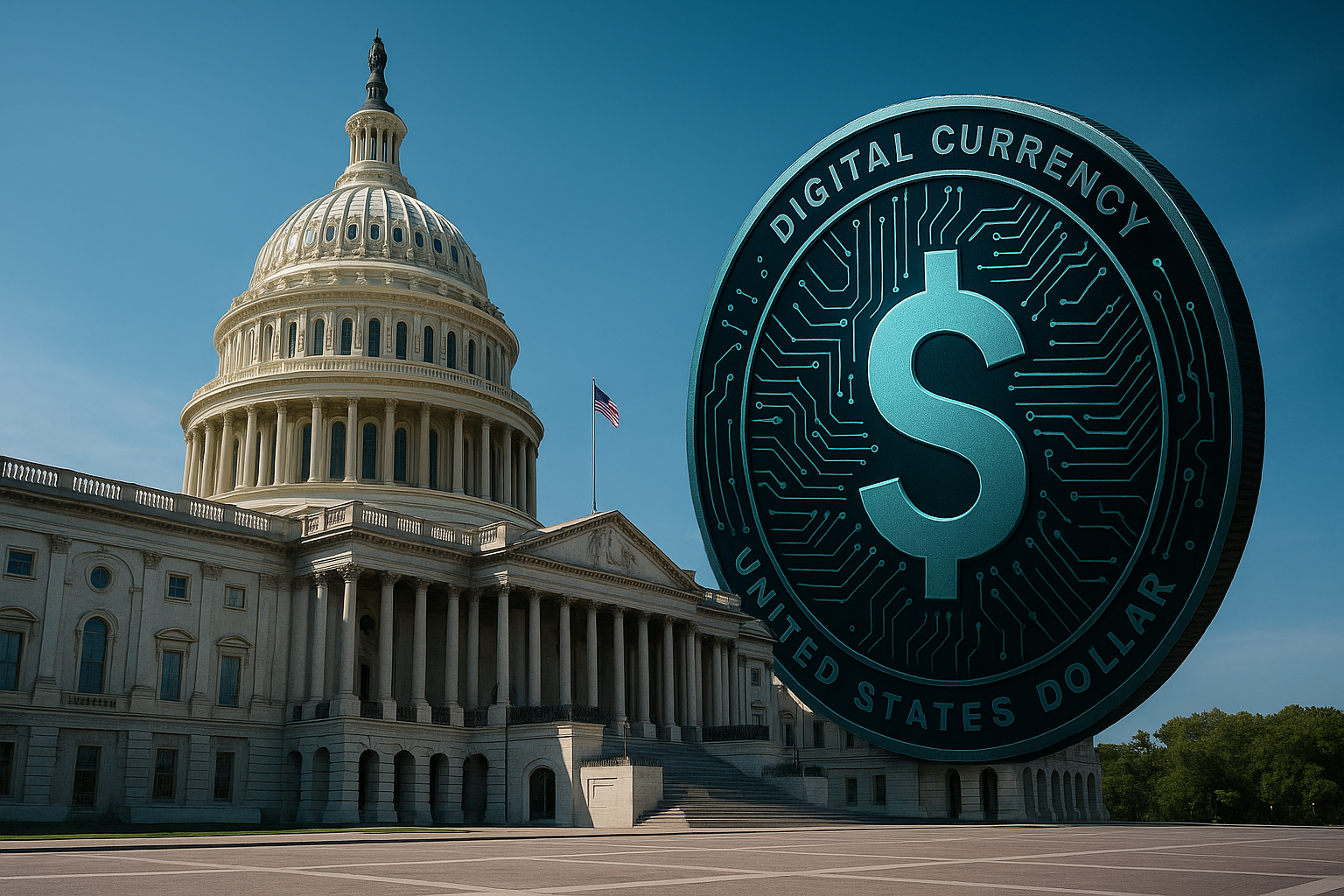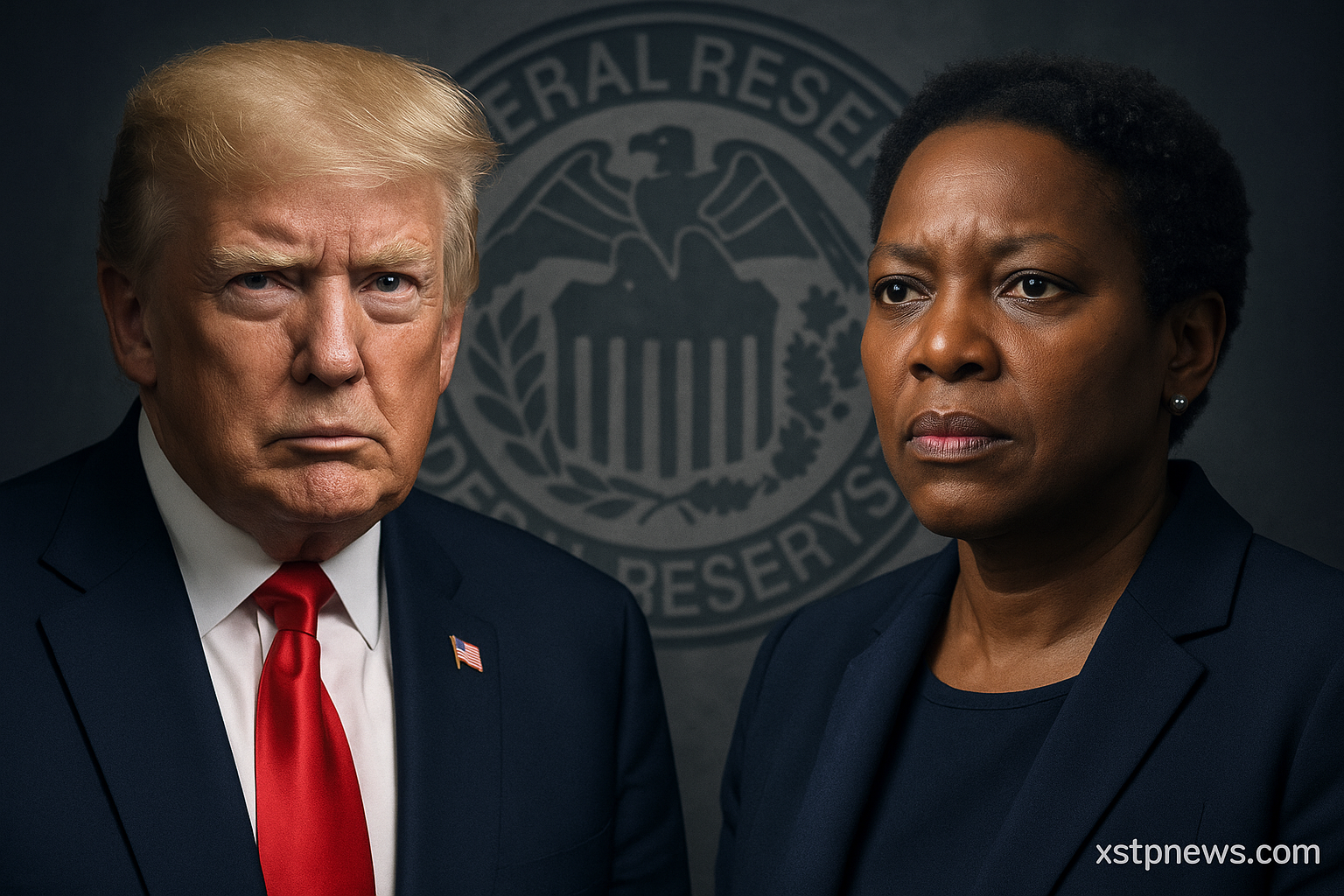What happens when the world’s most powerful financial system decides to regulate stablecoins? We’re starting to find out.
This Wednesday, the US Senate voted 68 to 30 to advance the Genius Act, a bill that could become the first federal regulatory framework for stablecoins. It’s more than just a legislative win. It’s a signal that crypto is entering a new era of institutional legitimacy.
What does the Genius Act actually do?
In simple terms, it sets the rules for issuing and operating stablecoins in the United States. The key points include:
- 100 percent backing in US dollars or highly liquid assets
- regular audits
- monthly asset disclosures
- full compliance with anti-money laundering laws
In other words, stablecoin issuers will need to meet standards similar to traditional banks and investment funds. This brings a new level of security and trust, paving the way for safe, large-scale adoption.
A response to explosive growth
This move didn’t come out of nowhere. The stablecoin market is already handling over $247 billion, with nearly 88 percent of that tied to crypto trading. Stablecoins have become the backbone of liquidity in the digital economy.
Some analysts also predict that regulation could trigger a surge in demand for US Treasury bonds, as issuers will need to hold safe assets to back their tokens. That could influence interest rates and money flows in traditional finance too.
Not everyone is convinced
Some lawmakers, including Senator Elizabeth Warren, raised concerns about potential loopholes. Critics argue the bill may lack the teeth needed to stop bad actors or prevent risky behavior.
Still, the fact that both Republicans and Democrats are backing it shows one thing: Washington is getting serious about crypto infrastructure.
What does this mean for the industry?
Everything.
Stablecoin regulation could unlock broader institutional adoption across payments, DeFi, tokenized investments and digital banking systems.
For projects like StartUpX, which integrates USDT in its XPay Wallet, this brings more trust, stronger infrastructure and a clear green light for future growth.
And if the US takes the lead, other countries will follow. The chaos of unclear rules may soon give way to a regulated, stable and scalable ecosystem.
Crypto is no longer the Wild West. It’s becoming a strategic space for governments, banks and innovators. Those who understand this shift and position themselves early will have the advantage once regulation becomes the norm.







